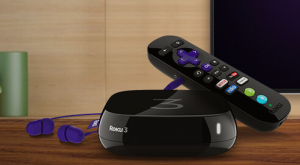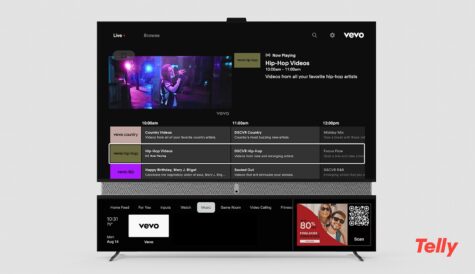Roku leads in the US as connected device growth continues
 Roku will lead the US streaming device market this year as total connected TV viewing climbs by more than 10%, according to eMarketer.
Roku will lead the US streaming device market this year as total connected TV viewing climbs by more than 10%, according to eMarketer.
The research firm estimates that 38.9 million Americans will use a Roku device at least once a month in 2017, up 19.3% compared to last year and amounting to 23.1% of all connected TV users.
Its closest rival, Google Chromecast, is tipped to have 36.9 million users this year, equating to 22.0% of the US market, while Amazon Fire TV is expected to have 35.8 million users in 2017, or 21.3% of connected TV users.
“As the only major market participant not affiliated with a content or TV device platform, Roku has used its neutrality to strike deals with a wide range of partners, including smart TV makers, over-the-top (OTT) service providers and social media companies,” said eMarketer principal video analyst, Paul Verna.
“That expansive strategy, combined with the company’s broad selection of connectivity devices at various price points, has put Roku at the head of the pack.”
The research firm predicts that Apple TV will “continue to fall further behind its rivals in the coming years”, coming in “distant fourth” place among the streaming devices with 21.3 million users this year, equivalent to 12.7% of US connected TV users.
“Apple TV has been held back by the absence of a compelling content offering, a lack of support for increasingly popular Amazon video content and a much higher price bracket than its competitors,” said Verna.
Overall eMarketer estimates that a total of 168.1 million people in the US will use an internet-connected TV this year, up 10.1% over 2016.
This includes smart TV users, will make up nearly half of all connected TV viewers at 81.2 million users in 2017, and also accounts for consumers and households that use more than one streaming device.
Earlier this month, Roku said that it had reached 15 million monthly active accounts globally, having grown its user base 43% year-on-year as of June 30, 2017.



